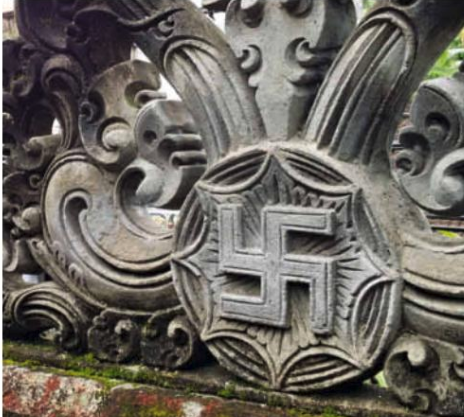
MACUMBA, umbanda, voodoo, animism — no shortage exists of spiritual creeds and codes you’ll find beneath the verdant canopies of the tropical jungle.
Shamans, witchdoctors, medicine men, yogis, mystics, sorcerers: they’ll happily read entrails, rattle bones, drift into trances and fool about with hallucinogens all in the name of healing, spiritual enlightenment, higher learning.
But there’s one has me flummoxed. Breatharians. They live on cosmic micro-food from sunlight and air. Tripped over a spruiker for this mob up in Ubud recently. Bloke owns a hotel complex, a healing retreat, nestled into the green, tangled cliffs above the beautiful Campuhan River. Found it a couple of years back; accidentally stayed there during a silent meditation conference. Lots of serenity.
Said spruiker, Sam, told me about Victor Truviano, a visiting Argentinian violinist who reckons he hasn’t eaten anything for the last seven or eight years. Lives in a state of pranic consciousness sustained by chi, ki, light, photons or somesuch. Doesn’t eat and doesn’t poop, either. Must be cobwebs in there somewhere, you’d think.
Sam didn’t sound totally sold on Victor’s philosophy but reckoned plenty of people were interested in him. Good business, I suppose. And not that surprising in the land of eat, love and pray. You can even find didgeridoo healing courses up there now. And why shouldn’t they work? The body’s 80 per cent water and the throbbing pulse of a didge can, well, move things, I was assured by one fellow healing practitioner. Hmmm.
Now maybe I’m more cynical than most but I think it’s kind of sad to see the idyllic Bali, with its warm and wonderfully non-judgmental Hindu people, being worked up for this kind of tourism. Healing’s a big money-spinner there and, Shiva knows, the poverty-stricken locals need a few rupiah.
But there’s praying and then there’s preying. And just talking with a few of the lost 50-something females I’ve met there, I’m leaning more to the latter.
I tripped over two cremations in Ubud last month. Hundreds of mourners lining the roads and river as the deceased’s ashes were sent on their trip to reincarnation. Funny how, in the cemeteries, you find headstones bearing the swastika symbol better known for its terrifying Nazi associations.
The Hindu swastika, with a range of meanings like ‘well-being’, ‘good existence’ and ‘good luck’, was borrowed by the West for self-motivated, and ultimately nefarious, purposes. So much for the mossy, intricately-carved demon statues guarding the cemeteries.
It’s a point Geelong’s Back to Back Theatre made with compelling force in its recent production Ganesh Versus the Third Reich.
This sees Ganesh — elephant-headed patron of arts, science, intellect, learning and good fortune — travel to Nazi Germany to reclaim the misused swastika. This play, which has toured the planet, was described by The Irish Times as “a lucid performance on at least three levels” that “exposes the mechanics of power play and the right to represent controversial material”.
The fact Back to Back features performers with intellectual disabilities who are presented with “doubts, distortions and prejudice”, as the IT says, underscores the whole point of exploitation.
But the production’s a neat metaphor, also, for the doubts and distortions of people so readily targeted by the healing rackets driving much of the tourism in Bali.
Breatharians? Really?
Sounds like time a little more of Ganesh’s science was put into play.
This article appeared in The Weekly Review in 2015


